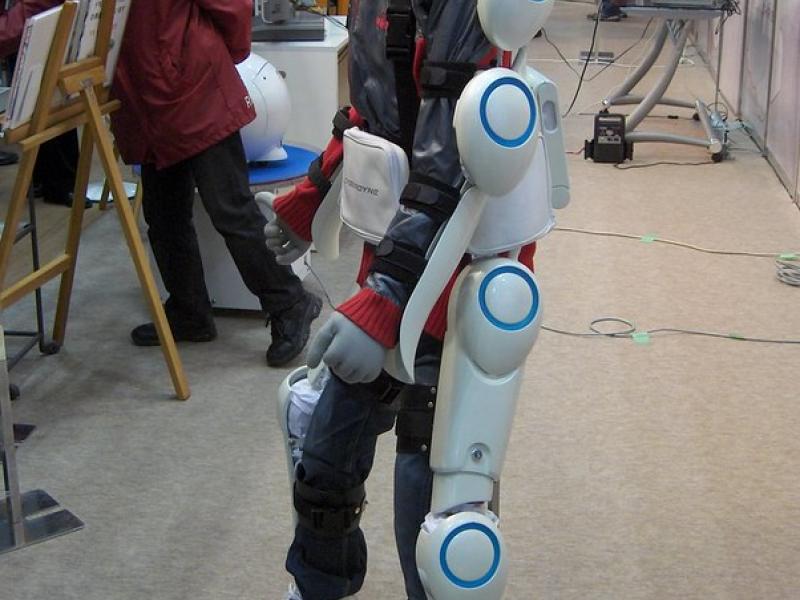Assistive exoskeletons for agricultural workers

Description of the innovative solution
Agricultural labour is heavy work and can require difficult postures, imposing a large physical strain on farmers. Assistive exoskeletons are mechanical structures that can be worn while undertaking manual labour to increase strength and endurance. They are rigid wearable devices with linking components that can assist the wearer by producing torques from the user’s motions, or using power to assist movement. Activities most likely to benefit from assistive exoskeletons are lifting and carrying heavy loads, repetitive actions associated with harvesting, using hand tools, and climbing equipment...
Agricultural labour is heavy work and can require difficult postures, imposing a large physical strain on farmers. Assistive exoskeletons are mechanical structures that can be worn while undertaking manual labour to increase strength and endurance. They are rigid wearable devices with linking components that can assist the wearer by producing torques from the user’s motions, or using power to assist movement. Activities most likely to benefit from assistive exoskeletons are lifting and carrying heavy loads, repetitive actions associated with harvesting, using hand tools, and climbing equipment.
Examples and additional resources
Real-world examples
See this solution in action in different contexts and settings around the world
Japanese robotic assistance suits
Apex exosuit at HeroWear
Additional resources
Learn more about this solution through studies, articles, business cases, and other information
Potential of Exoskeletons in Agriculture
Contacts
Connect to others working on and with this solution around the world
Pathways to uptake
Engage with our “backcasting tool” to imagine and design “pathways to uptake” for this solution in your setting.
This process involves defining a future vision of this solution being used in your context, and then working “backwards” to identify necessary steps to achieve this vision by 2030. Going through this exercise as an individual or with a team can help to clarify the WHAT/WHEN/HOW of moving a solution (or package of solutions) towards having major impact. We hope these pathways will inspire outside-of-the-box thinking, creative approaches, and actionable concrete steps to move ideas into action.
Pathway builder
Explore pathways for this solution
Be the first one and add a pathway for this solution!